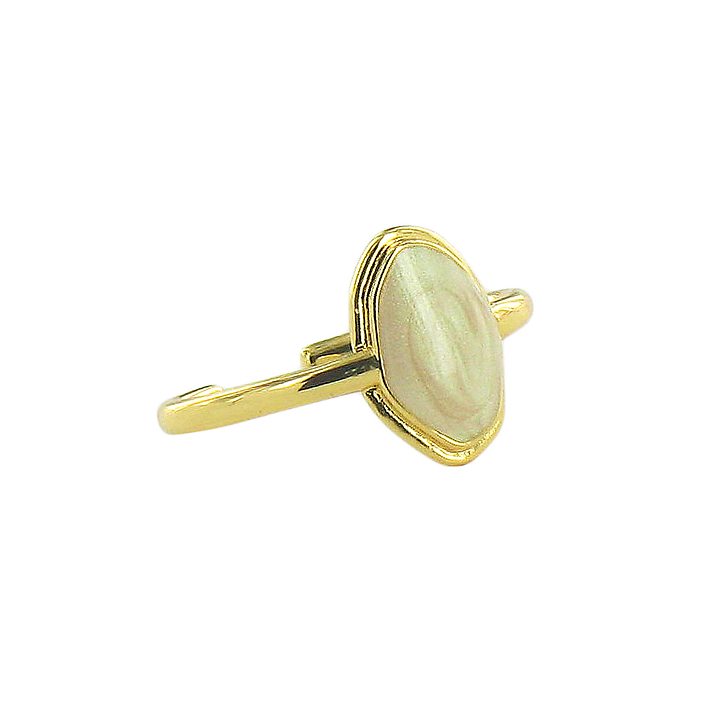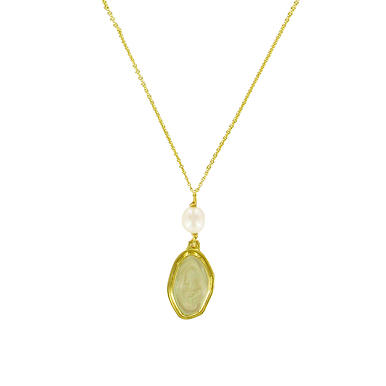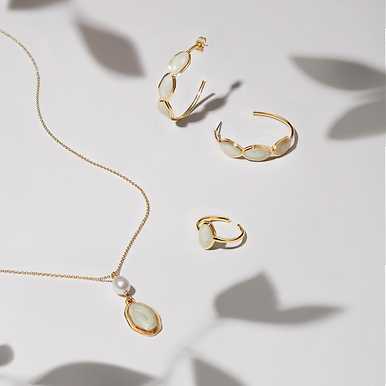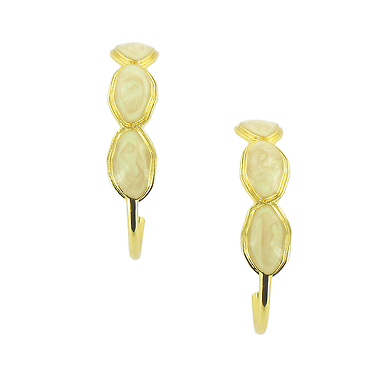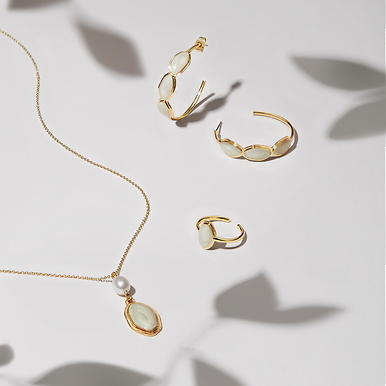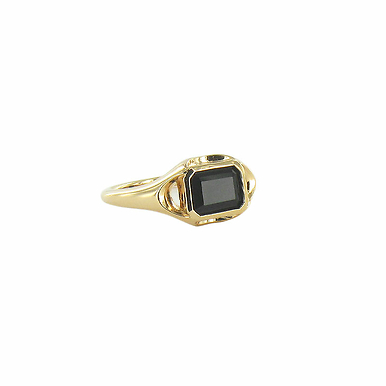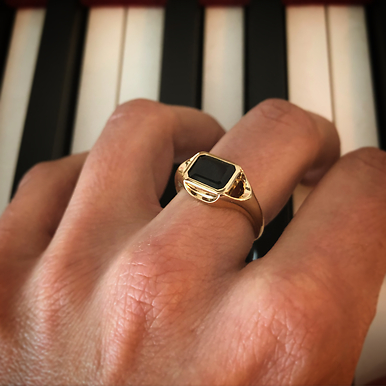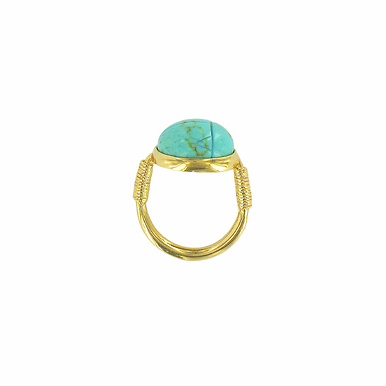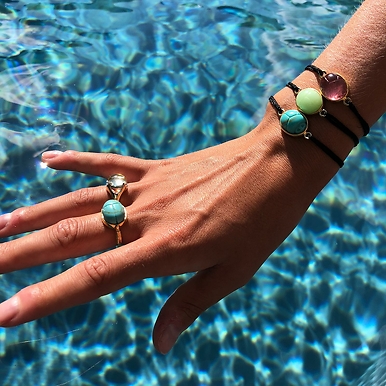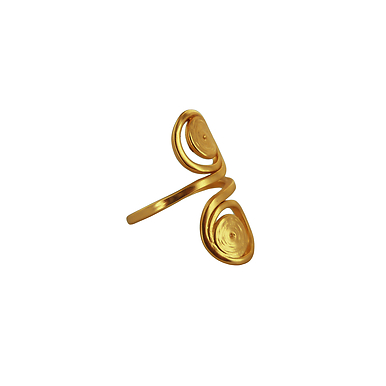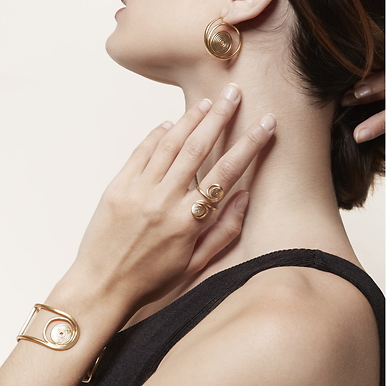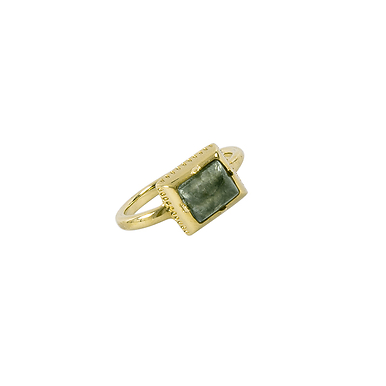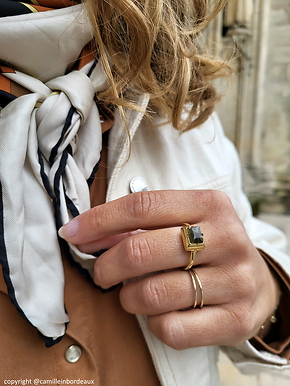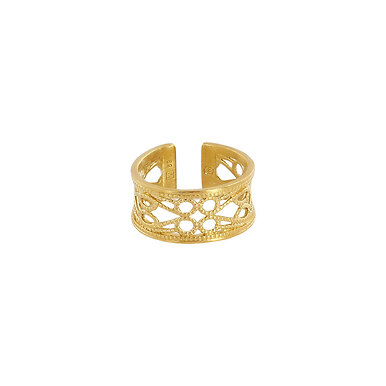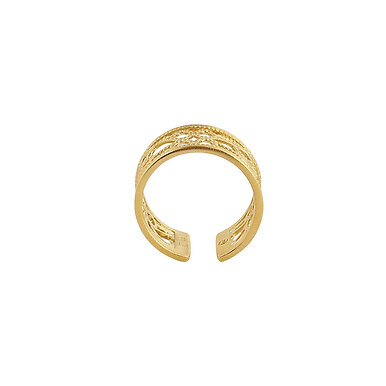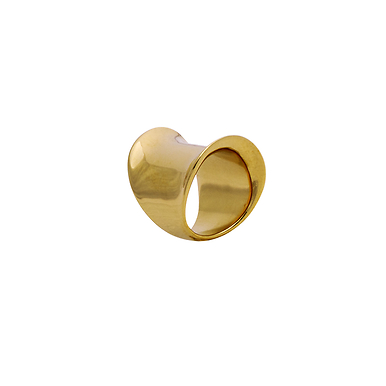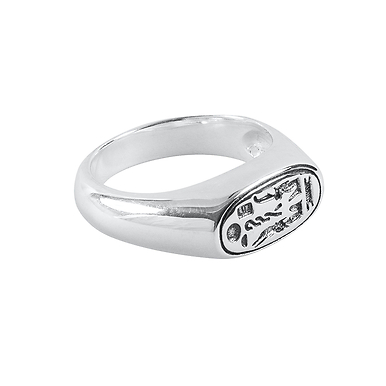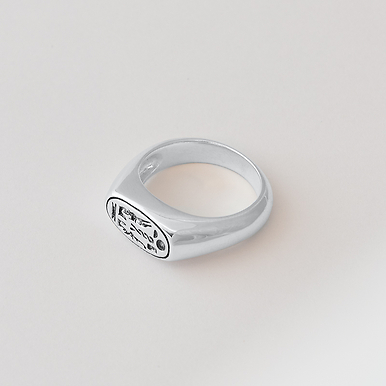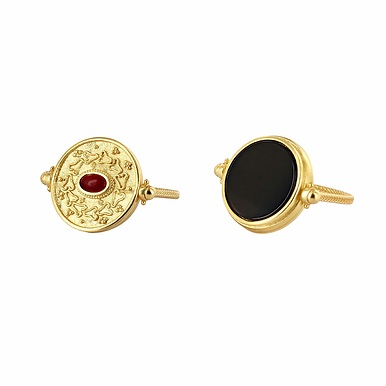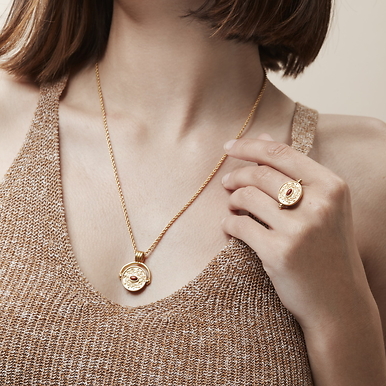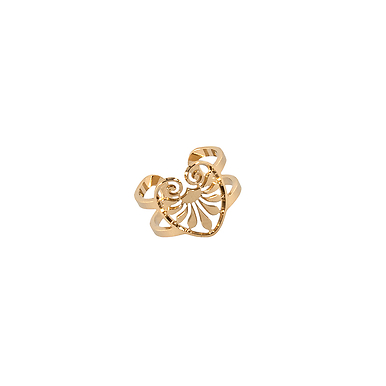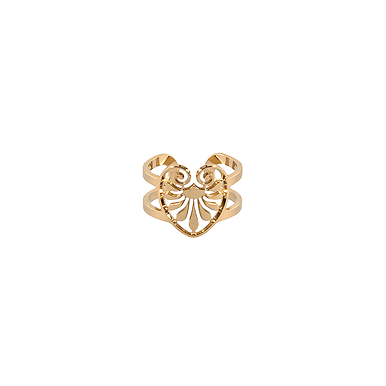Adjustable ring Pega
BA400412
Jewel inspired by a detail of a funerary portrait of a young woman discovered in the Fayoum region.
The defeat of Actium in 31 B. C. marked the transition of Egypt from Ptolemaic to Roman rule. Although the conquerors quickly adopted the local funerary customs, they brought a novelty: the portrait applied...
Read more
Jewel inspired by a detail of a funerary portrait of a young woman discovered in the Fayoum region.
The defeat of Actium in 31 B.C. marked the transition of Egypt from Ptolemaic to Roman rule. Although the conquerors quickly adopted the local funerary customs, they brought a novelty: the portrait applied to the mummy.
The portraits discovered in the Fayoum region bear witness to this astonishing cohabitation between Egyptian funerary practices, the Roman world, and the still strong Hellenistic influence. Painted mainly on wooden panels or on linen canvas, in wax or tempera, these portraits make it possible to identify the deceased, and indicate his or her sex, age and social status. Jewellery can be used as dating criteria, with some models being influenced by contemporary fashion while others remain more timeless. The earrings worn by this young woman are made of three white pearls strung on a gold wire that forms a ring, the end of which descends behind the lobe. Her necklace is a golden twist at the neck.
Material
Gold-plated brass, resin
Keep the jewel away from dust and moisture.
Avoid contact with perfume, chemicals and cosmetics; avoid getting the jewel wet.
Close
Sold by GrandPalaisRmn

